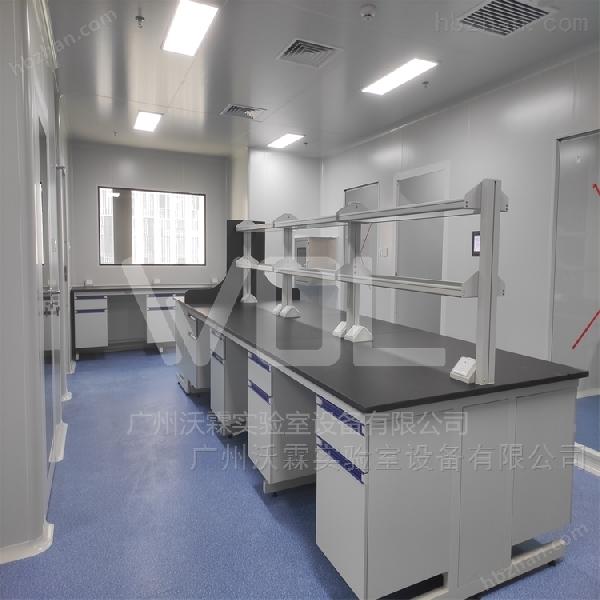
1.实验室平面布局:根据水质检测的工作流程,合理规划实验室的平面布局。将实验台、仪器设备、样品处理区域和储存区域等分区,并确保各个区域之间的流线顺畅。样品处理区域应与实验区域分开,以防止交叉污染。实验台之间应留有足够的间距,方便操作和维护。
2.实验设备:根据水质检测的需求,选购合适的实验设备。常见的水质检测设备包括pH计、离子色谱仪、气相色谱仪、液相色谱仪、原子吸收光谱仪等。根据实验室的实际需求和预算,选择适合的设备,并合理布置在实验室中。
3.通风系统:水质检测实验室中可能会产生有害气体和异味,因此需要安装有效的通风系统,以排除有害气体和异味,并保持空气流通。通风系统应具备过滤和净化功能,确保实验室内的空气质量符合标准。
4.水源和供水系统:水质检测实验室需要有稳定可靠的水源和供水系统。确保实验室内的自来水质量符合要求,并配备必要的水处理设备,如反渗透设备、超纯水设备等。
5.实验室安全:水质检测实验室中可能会使用一些有毒有害的试剂和化学物品,因此实验室的安全性是非常重要的。安装必要的安全设施,如紧急停电开关、防火设施、安全出口等,并设置明显的安全标识和警示标志。此外,还需要制定相关的安全操作规程和应急预案,培训实验人员的安全意识和操作技能。
WOL 承接 水质化验检测实验室 平面设计装修
WOL 承接 水质化验检测实验室 平面设计装修























 京公网安备 11010702002294号
京公网安备 11010702002294号
